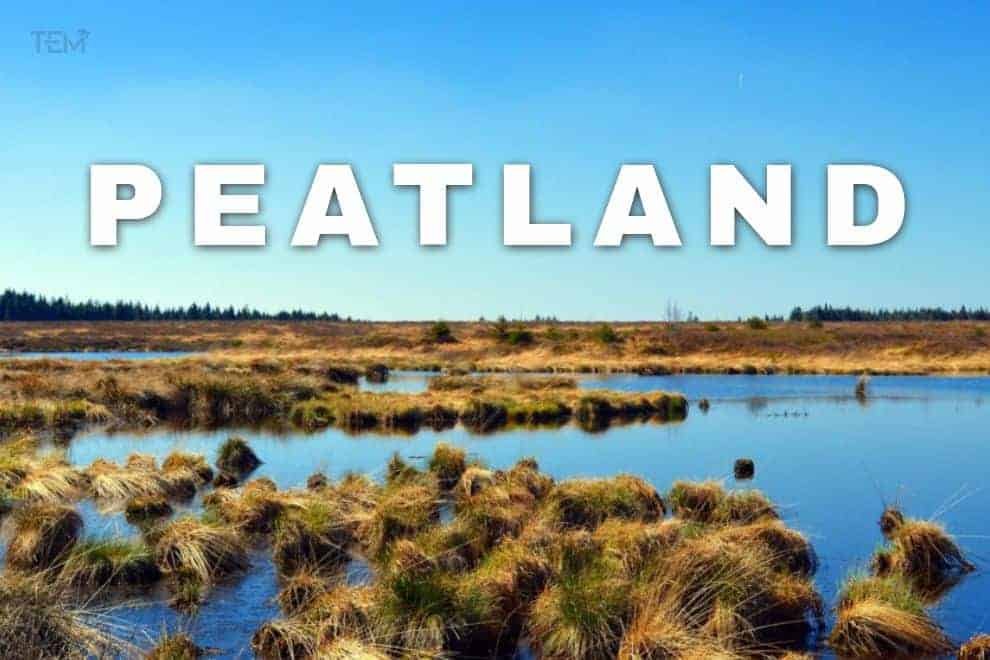Key Highlights
- Petland is the largest natural source of absorbing carbon.
- Drained peatlands are expected to emit 1.3 gigatonnes of CO2 per year.
- In the United Kingdom, about a quarter of the 2.6 million hectares (6.4 million acres) of peatland is in good condition.
Introduction to the Peatland
Peatlands are a form of wetlands that are important for maintaining global biodiversity, providing clean drinking water, reducing flood risk. It also helps in assisting in the fight against climate change. Peatlands are the world’s largest natural carbon sink. The region covered by near-natural peatland (>3 million km2) sequesters 0.37 gigatonnes of carbon dioxide (CO2) each year. It is more than all other vegetation forms combined.
The issue in Peatland causing damage
Peatlands are a form of wetlands that can be found in almost every country on the planet, accounting for 3% of the total land area. The word “peatland” refers to peat soil as well as the wetland ecosystem that grows on top of it. Year-round waterlogging slows the decomposition of plants to the point that dead plants accumulate to form peat in these areas. Peatlands have been seriously overexploited and destroyed as a result of activities such as drainage, agricultural conversion, burning, and mining for fuel. It due to a lack of knowledge of their benefits. Around 15% of the world’s peatlands have been drained, accounting for less than 0.4 percent of the global land area. Massive quantities of greenhouse gases, such as carbon dioxide, have been emitted as a result of this.
Why it is important to protect Peatland?
- Peatlands play a crucial role in global attempts to tackle climate change as well as broader sustainable development goals.
- It must be protected and restored as part of the transition to a low-carbon, circular economy.
- Damaged Peatlands that have been damaged account for around 10% of greenhouse gas emissions from the land use industry. Annual CO2 emissions from drained peatlands are estimated to be 1.3 gigatonnes. This equates to 5.6 percent of global CO2 emissions due to human activity.
- They reduce the risk of flooding and drought by controlling water flows and preventing seawater intrusion. Peatlands include fruit, fiber, and other local products in many parts of the world, sustaining local economies
Uk Government initiatives in protecting the Peatland
About a quarter of the 2.6 million hectares (6.4 million acres) of peatland in the United Kingdom is in good condition. According to estimates, the habitat, from upland moors to rich agricultural lowlands, could emit up to 23 million tonnes of carbon per year. Healthy peatlands, on the other hand, store three times as much carbon as forests. Craig Bennett, CEO of the Wildlife Trusts, said the government’s initial goal of restoring 35,000 hectares of peatland was disappointing. He called for a pledge to preserve all upland peatland and at least a quarter of lowland peatland.
Also Read – Climate Change Quotes by Inspirational Leaders to Ignite Transformation










